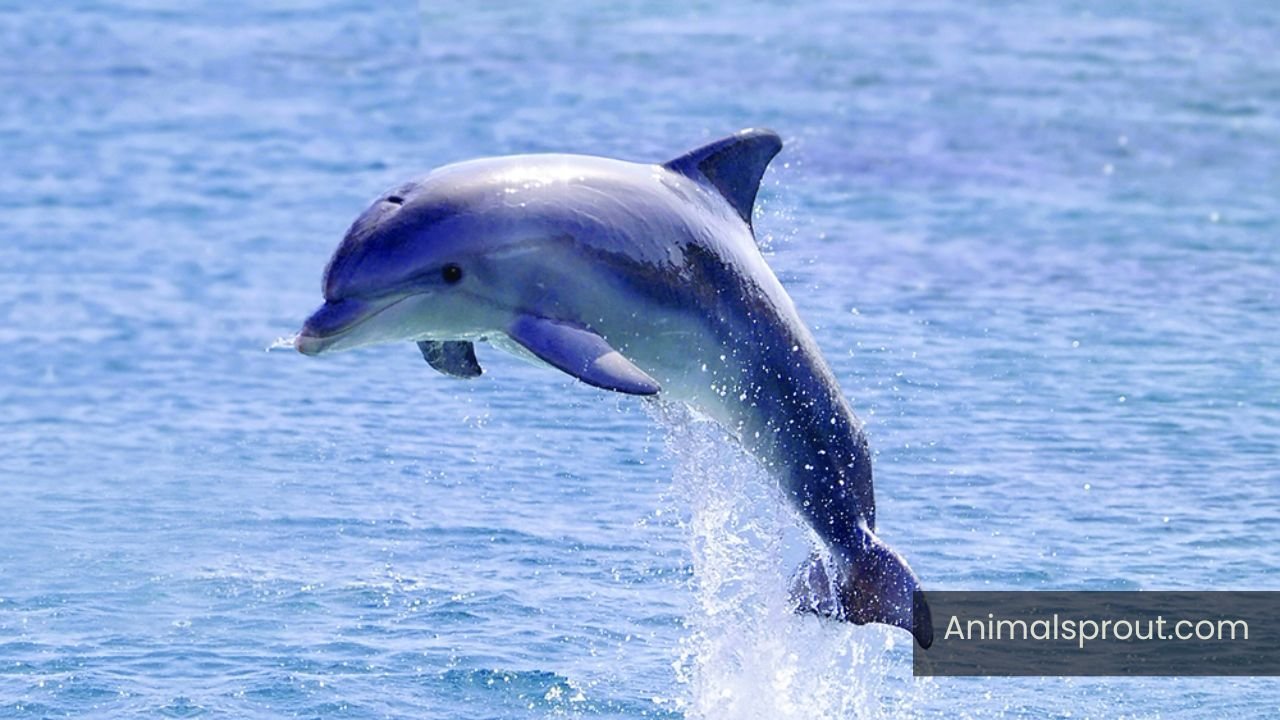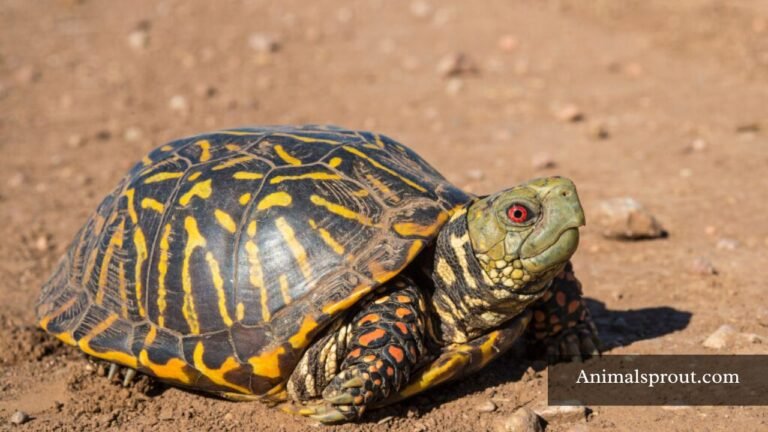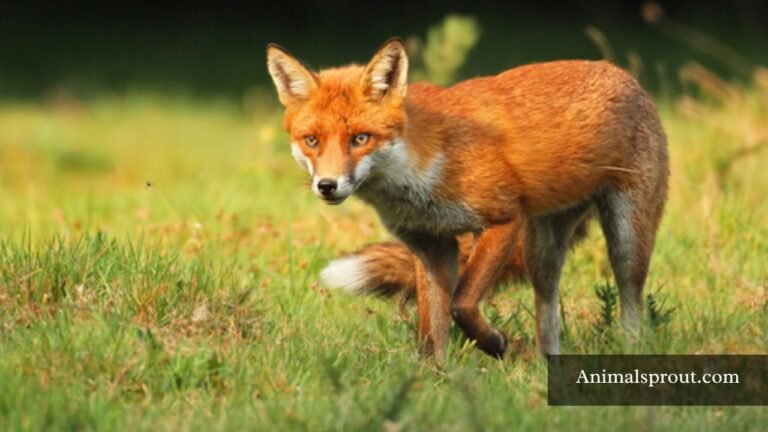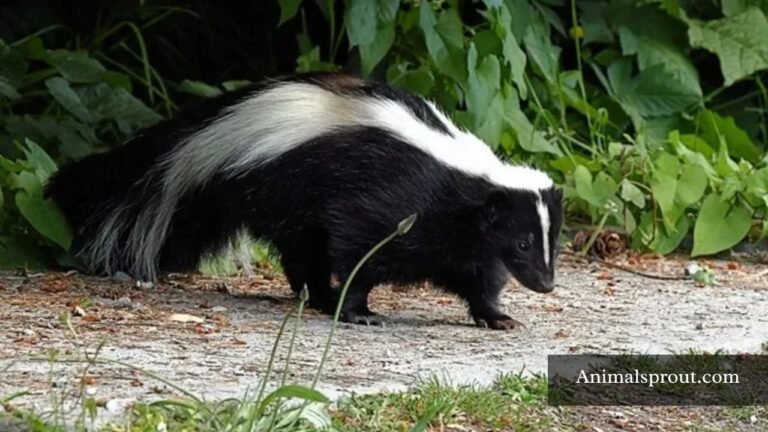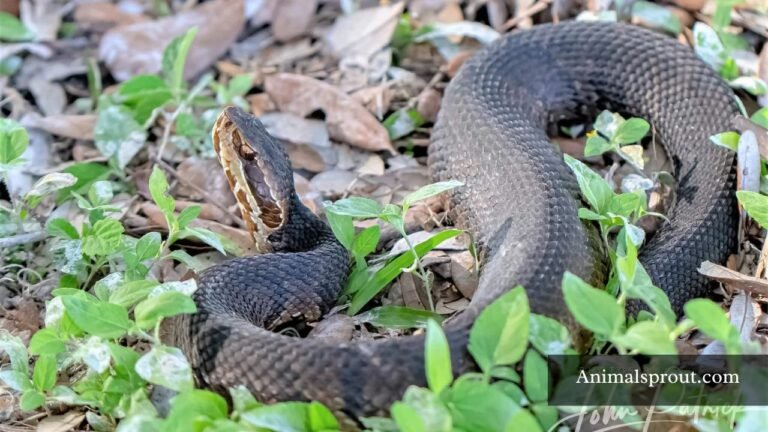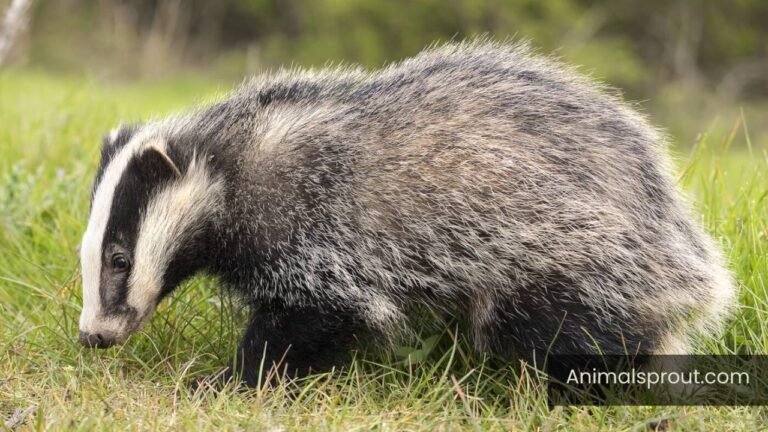Top 20 Most Energetic Animals In The World (With Images)
The world is home to a fascinating array of energetic animals, each exhibiting incredible stamina and agility that often leaves us in awe. Understanding these dynamic creatures not only expands our knowledge of wildlife but also highlights the diverse adaptations that allow them to thrive in their environments. In this article, we’ll explore the most energetic animals in the world and uncover what makes them so extraordinary.
List Of Energetic Animals In The World
Here is the list of animals that are energetic:
| 1 | Cheetahs |
| 2 | African Wild Dogs |
| 3 | Squirrel Monkeys |
| 4 | Ants |
| 5 | Hummingbirds |
| 6 | Dolphins |
| 7 | Squirrel |
| 8 | Kangaroos |
| 9 | Adélie Penguin |
| 10 | Swallow |
| 11 | Pronghorn |
| 12 | Capuchin Monkey |
| 13 | Siberian Husky |
| 14 | Arctic Tern |
| 15 | Shrews |
| 16 | Honeybees |
| 17 | Sea Otters |
| 18 | Baby Goats |
| 19 | Border Collies |
| 20 | Jack Russell Terrier |
Cheetahs
Scientific Name: Acinonyx jubatus
Class: Mammalia
Cheetahs are the ultimate embodiment of speed and agility in the animal kingdom, capable of reaching speeds up to 75 miles per hour in just a few heart-pounding seconds. What sets them apart is not just their incredible velocity, but also their unique hunting strategy. Unlike many predators that rely on endurance, cheetahs burst into action, using their powerful leg muscles and lightweight frame to chase down prey in short, explosive sprints. This remarkable adaptation allows them to maximize energy efficiency, making each chase a calculated gamble rather than a prolonged pursuit.
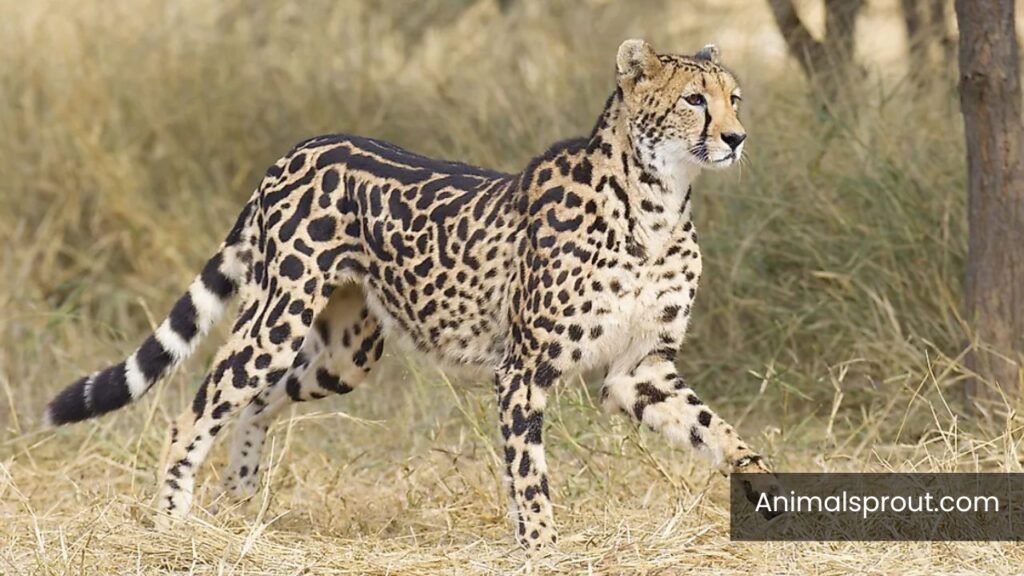
Beyond their physical prowess, cheetahs exhibit fascinating behavioral traits that amplify their energetic nature. Their keen eyesight allows them to spot prey from great distances, while their distinctive black tear marks help reduce glare from the sun, giving them an edge during daylight hunts. Interestingly, these big cats also engage in social behaviors rarely seen in other solitary felines; they often form small groups called coalitions, typically consisting of brothers, which enhances their success in securing territory and hunting opportunities.
African Wild Dogs
Scientific Name: Lycaon pictus
Class: Mammalia
African wild dogs, often overshadowed by their more famous relatives, are nature’s embodiment of energy and teamwork. Known for their incredible endurance, these social canines can cover vast distances in search of prey, showcasing a remarkable blend of speed and stamina. Their hunting strategy is a masterclass in cooperation; they communicate with intricate vocalizations and body language, coordinating their movements with an almost choreographed precision. This dynamic approach not only boosts their chances of a successful hunt but also solidifies their bonds as a pack.
What sets African wild dogs apart is their playful demeanor, even amidst the seriousness of survival. Their exuberant play sessions serve not only as a means of strengthening social ties but also as essential training for younger members of the pack. This unique blend of high-energy activity and social cohesion highlights their adaptability in the wild.
Top 18 Most Greedy Animals In The World.
Squirrel Monkeys
Scientific Name: Saimiri
Class: Mammalia
Squirrel monkeys, with their vibrant yellow and black fur, are often the embodiment of boundless energy and playfulness in the animal kingdom. Found primarily in the tropical rainforests of Central and South America, these small primates exhibit an astonishing agility that belies their size. Their social structures are equally fascinating; living in troops of up to 50 individuals, they engage in intricate grooming rituals and coordinated foraging strategies, showcasing a blend of energy and intelligence that captivates both researchers and wildlife enthusiasts alike.
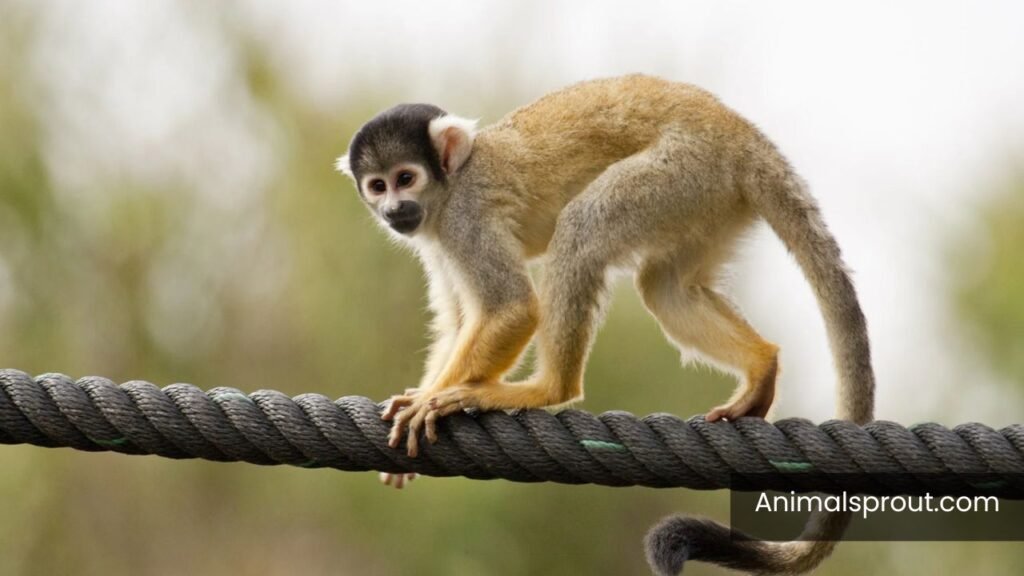
What sets squirrel monkeys apart is not just their hyperactive nature but also their exceptional adaptability. These little acrobats can leap distances of over ten meters, using their long limbs and prehensile tails to navigate the dense canopy with remarkable finesse. Their diet, primarily composed of fruits, insects, and small vertebrates, fuels their high-energy lifestyle, making them a vibrant part of their ecosystem. Observing a troop of squirrel monkeys in action offers a glimpse into a world where every branch is a launching pad, and every moment is filled with playful interaction—an enchanting reminder of the sheer joy of movement in the wild.
Ants
Scientific Name: Formicidae
Class: Insecta
Ants are remarkable creatures that exemplify the essence of teamwork and relentless energy. These tiny powerhouses can carry objects over 50 times their own body weight, showcasing an extraordinary strength-to-size ratio that is both awe-inspiring and mind-boggling. Their energy is not merely physical; it’s also a reflection of their intricate social structures and communication methods. Through pheromones and tactile signals, ants coordinate their activities with precision, ensuring that every worker knows their role in the colony’s survival.
What makes ants even more fascinating is their ability to adapt and innovate. Certain species have developed farming techniques, cultivating fungi or herding aphids for food, demonstrating not just energy but also intelligence in resource management. This blend of industriousness and strategic thinking highlights how ants thrive in diverse environments, from rainforests to deserts.
Hummingbirds
Scientific Name: Trochilidae
Class: Aves
Hummingbirds, often described as nature’s jewels, are not just mesmerizing for their iridescent feathers but also for their astonishing energy levels. These tiny avians can flap their wings up to 80 times per second, a feat that allows them to hover in mid-air with remarkable precision. This rapid movement requires an extraordinary amount of energy, which they fuel by consuming nectar from flowers—some species can drink up to double their body weight in nectar daily! Their unique ability to fly forwards, backwards, and even upside down sets them apart in the avian world, showcasing a combination of agility and strength that belies their small size.
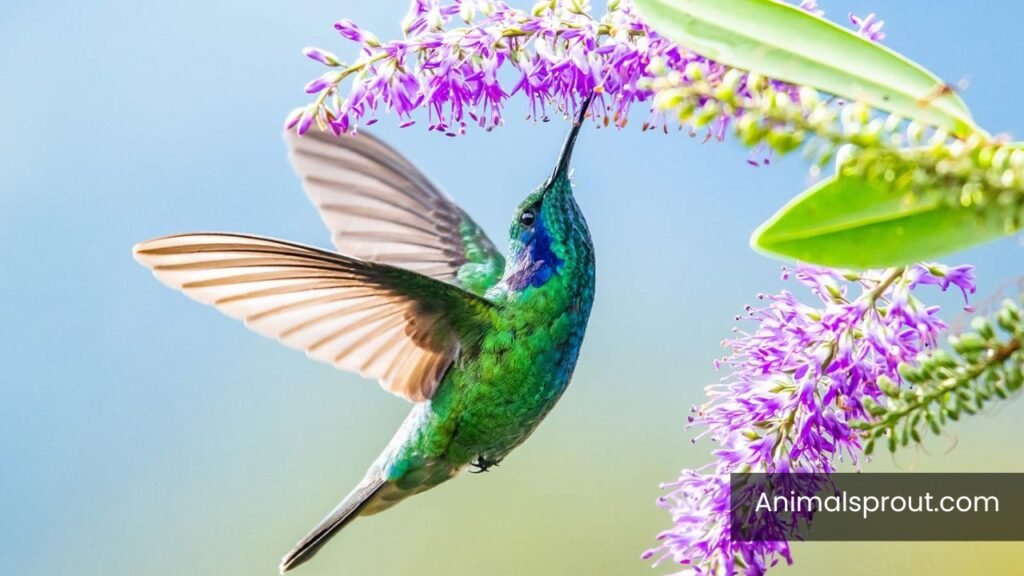
What’s particularly fascinating is how hummingbirds have adapted to meet their high-energy needs. Their metabolism is one of the highest among all animals, requiring them to feed frequently on sugar-rich nectar while also consuming insects and spiders for protein. In cooler climates, some species even enter a state of torpor, lowering their metabolic rate significantly to conserve energy during the night or when food is scarce.
Top 18 Animals With Lowest IQ In The World.
Dolphins
Scientific Name: Delphinidae
Class: Mammalia
Dolphins are not just acrobatic marvels of the ocean; they embody a unique blend of intelligence and playfulness that captivates both researchers and casual observers alike. Their energetic leaps and spins are more than mere displays of agility; they serve as a form of communication and social bonding within pods. Studies have shown that these playful antics can strengthen relationships among dolphins, fostering cooperation and enhancing their survival skills in the wild. This exuberance is infectious, drawing humans into their world and inspiring countless tales of connection between species.
What truly sets dolphins apart is their complex social structures and sophisticated vocalizations, often referred to as “signature whistles.” Each dolphin has its own unique call, akin to a name, which helps maintain group cohesion in vast oceanic expanses. The sheer joy they exhibit during playful encounters challenges our understanding of animal behavior, prompting scientists to reconsider the emotional lives of non-human beings.
Squirrel
Scientific Name: Sciuridae
Class: Mammalia
Squirrels, often seen darting through parks and backyards, are nature’s little acrobats, showcasing remarkable agility and energy. Their ability to leap several times their body length from branch to branch is not just for show; it’s a survival strategy. These nimble creatures have evolved to navigate their arboreal habitats with impressive speed, allowing them to escape predators and gather food efficiently. With a metabolism that demands constant nourishment, squirrels are in a perpetual state of motion, foraging for nuts, seeds, and fruits, which they instinctively bury for later use.
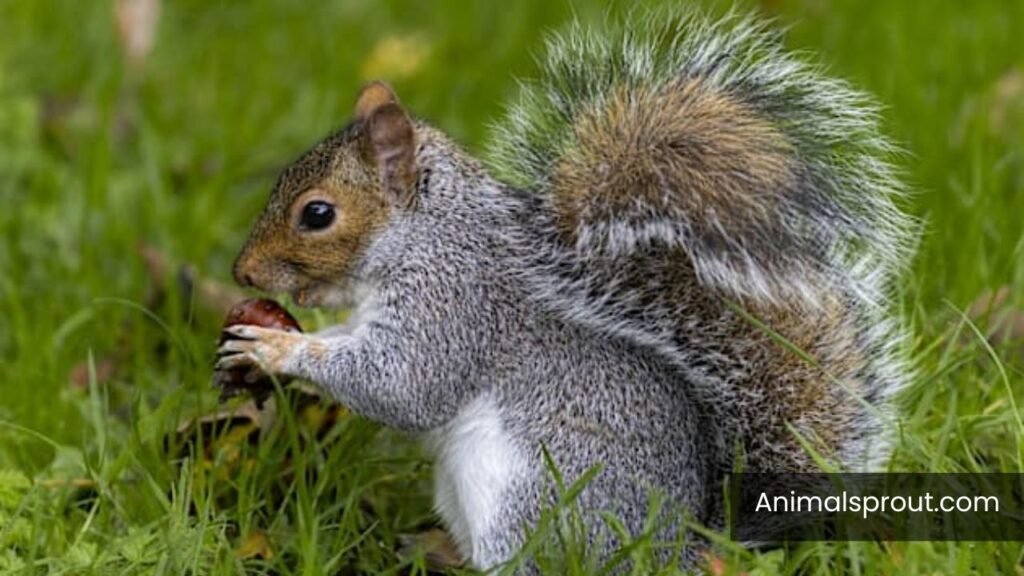
Beyond their energetic antics, squirrels also play a vital ecological role. As they bury nuts and seeds, they inadvertently contribute to forest regeneration. Many of these buried treasures are forgotten, sprouting into new trees that shape the landscape. This behavior highlights an interesting symbiotic relationship between squirrels and the environment—while they hustle and scurry in search of food, they are simultaneously fostering new growth and biodiversity.
Kangaroos
Scientific Name: Macropus
Class: Mammalia
Kangaroos are the epitome of energy in the animal kingdom, showcasing a unique combination of agility and strength that captivates both researchers and wildlife enthusiasts alike. Their powerful hind legs, capable of propelling them over 30 feet in a single bound, make them not only swift but also incredibly efficient travelers across the vast Australian landscape. This remarkable locomotion allows kangaroos to cover large distances in search of food and water, adapting seamlessly to the arid environment they inhabit.
What’s truly fascinating is the social structure of kangaroo mobs. These groups not only provide safety in numbers but also play a crucial role in maintaining the energy dynamics within their habitats. By engaging in playful sparring, young kangaroos develop their strength and coordination, which is essential for survival. This energetic behavior serves as a natural training ground, preparing them for the challenges of adulthood while fostering social bonds that enhance group cohesion. Observing these interactions offers a fresh perspective on how energy isn’t just about movement; it’s also about connection and community in the wild.
Adélie Penguin
Scientific Name: Pygoscelis adeliae
Class: Aves
The Adélie penguin, with its striking black and white plumage, is not just a visual marvel but also a powerhouse of energy in the frigid expanses of Antarctica. These small yet spirited birds exhibit an extraordinary level of agility, darting gracefully through icy waters and navigating rugged landscapes with remarkable ease. Their boundless enthusiasm is evident as they leap out of the water onto ice floes, showcasing a dynamic display of strength and determination that belies their size.

What sets the Adélie penguin apart is its social behavior, characterized by a vibrant community spirit. These birds engage in lively interactions, from synchronized swimming to spirited courtship displays, all contributing to their energetic reputation. Their resilience is equally compelling; during the harsh Antarctic winters, they endure biting winds and freezing temperatures while maintaining their playful nature. Observing an Adélie penguin in its natural habitat offers a profound lesson in adaptability and exuberance, reminding us that even in the most challenging environments, vitality can flourish.
Swallow
Scientific Name: Hirundinidae
Class: Aves
The swallow, a small bird known for its incredible agility and grace, embodies energy in every aspect of its life. With a wingspan that allows it to dart through the air at impressive speeds, the swallow is not just a marvel of flight but also a symbol of endurance. These birds can cover vast distances during migration, traveling thousands of miles from Europe to Africa in search of warmer climates and abundant food sources. Their ability to navigate such extensive journeys showcases an innate vitality that inspires awe.
What makes swallows particularly fascinating is their social behavior; they are often seen swooping in groups, creating a mesmerizing dance in the sky. This communal aspect of their energy extends beyond mere flight patterns; swallows engage in intricate courtship rituals that involve acrobatic displays, emphasizing their liveliness and spirited nature. Their diet primarily consists of insects caught mid-flight, which not only requires skill but also reflects their dynamic role in ecosystems as natural pest controllers.
Readmore: Why do Foxes Laugh?
Pronghorn
Scientific Name: Antilocapra americana
Class: Mammalia
The pronghorn, often mistaken for an antelope, is a remarkable testament to nature’s engineering prowess. With its sleek body and extraordinary speed, this North American native can sustain a breathtaking sprint of up to 55 miles per hour, making it the second fastest land mammal in the world, just behind the cheetah. What sets the pronghorn apart, however, is its incredible endurance; it can maintain high speeds over long distances—an evolutionary trait honed to escape predators in the vast open plains. This combination of speed and stamina allows pronghorns to traverse the rugged terrain with grace, showcasing their agility as they dodge obstacles and navigate through their environment.

But beyond their physical capabilities, pronghorns embody resilience in the face of changing ecosystems. As climate patterns shift and habitats alter, these animals have adapted remarkably well, often migrating over vast distances in search of food and safety. Their unique double-layered coat not only provides insulation against harsh weather but also aids in camouflage against the golden grasses of their habitat. Observing pronghorns in the wild offers a glimpse into a world where survival hinges on both speed and adaptability, reminding us of the delicate balance that exists within nature’s intricate web of life
Capuchin Monkey
Scientific Name: Cebinae
Class: Mammalia
The capuchin monkey, often seen swinging through the trees of Central and South America, embodies pure energy and curiosity. These small primates are not just agile; they are incredibly intelligent, displaying remarkable problem-solving abilities that rival some of the most brilliant species in the animal kingdom. Their social structure is complex, characterized by intricate relationships and cooperative behaviors that highlight their energetic nature. Watching a group of capuchins interact is like witnessing a well-choreographed dance, where every leap and bound seems to be fueled by an insatiable zest for life.
What sets the capuchin apart is not just its physical agility but also its adaptability. They thrive in diverse environments, from dense rainforests to urban areas, showcasing their ability to harness energy from various resources around them. Their diet consists of fruits, insects, and even small vertebrates, which they forage for with an enthusiasm that reflects their vibrant personalities.
Siberian Husky
Class: Mammalia
The Siberian Husky is not just a breed; it’s a whirlwind of energy wrapped in a striking coat of thick fur and piercing blue or multi-colored eyes. Known for their incredible endurance, these dogs were originally bred by the Chukchi people of Siberia to pull sleds over long distances, showcasing their remarkable stamina and agility. This natural athleticism makes them exceptional companions for active individuals or families, as they thrive on daily exercise and mental stimulation.
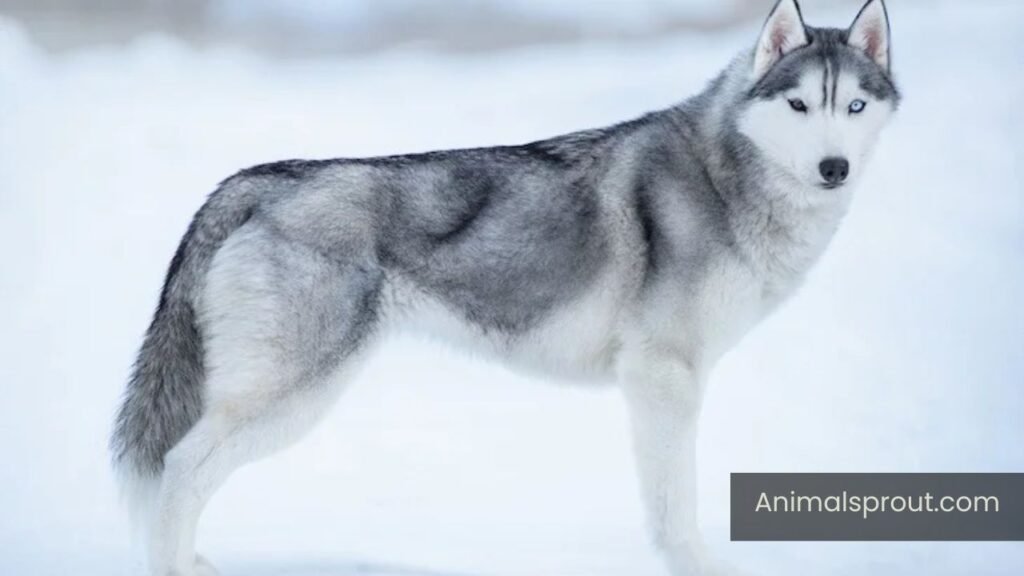
What sets the Siberian Husky apart is their playful spirit and mischievous nature, often leading them into amusing antics that keep their owners entertained. Whether it’s a spontaneous sprint through the snow or a stubborn refusal to come inside, their vibrant personalities shine through in every interaction. Moreover, their social disposition means they generally get along well with other dogs and even children, making them the perfect furry friend for outdoor adventures.
Arctic Tern
Scientific Name: Sterna paradisaea
Class: Aves
The Arctic Tern is a marvel of endurance, known for its extraordinary migratory journey that spans over 70,000 kilometers annually. This tiny seabird, weighing just about 100 grams, engages in the longest migration of any animal on Earth, traveling from its breeding grounds in the Arctic to wintering areas in the Antarctic. What’s truly fascinating is that the Arctic Tern experiences two summers each year, basking in sunlight for more hours than any other creature. This dual-summer experience not only influences its vibrant plumage but also enhances its energy levels, making it a symbol of vitality in the avian world.
Beyond its impressive migration, the Arctic Tern showcases remarkable adaptability. These birds have developed a keen sense of navigation, utilizing a combination of environmental cues and the Earth’s magnetic field to traverse vast oceans. Their ability to thrive in diverse climates—ranging from icy tundras to tropical waters—demonstrates resilience and an innate understanding of their ecological niches. As climate change poses new challenges to their habitats, the Arctic Tern continues to inspire conservation efforts, reminding us of the interconnectedness of all species and the importance of protecting their migratory routes for future generations.
Top 7 Animals That Are Deaf In The World.
Shrews
Scientific Name: Sorex araneus
Class: Mammalia
Shrews are remarkable creatures that defy conventional notions of energy and vitality. These tiny mammals, often overlooked in the animal kingdom, possess a metabolic rate that is among the highest of any land mammal, making them true dynamo-like beings. With hearts that can beat up to 1,200 times per minute, shrews are constantly on the move, foraging and hunting for food to support their voracious appetites. In fact, they must consume about 80-90% of their body weight daily just to survive, which is a staggering demand considering their size.
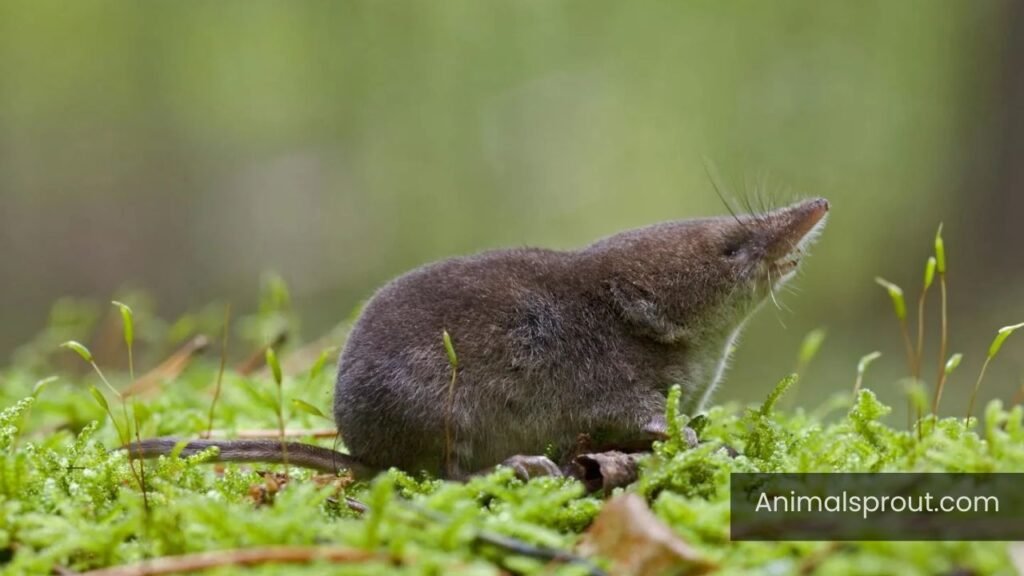
What makes shrews even more fascinating is their unique ecological role. As insectivores, they help control pest populations, acting as nature’s miniature exterminators. Their relentless foraging habits not only keep their immediate environment balanced but also contribute to soil health by aerating the ground as they burrow. This energetic lifestyle, combined with their fearless nature, allows shrews to thrive in diverse habitats, from forests to grasslands, proving that even the smallest creatures can have a monumental impact on their ecosystems. With such remarkable traits, shrews remind us of the extraordinary energy that exists in the natural world, often hidden in plain sight.
Honeybees
Scientific Name: Apis mellifera
Class: Insecta
Honeybees are nature’s tireless workers, embodying energy and efficiency in their daily routines. These small but mighty insects can travel up to five miles from their hive, visiting hundreds of flowers in a single day. Their unique communication method, known as the “waggle dance,” not only conveys the location of food sources but also showcases their incredible stamina. This dance is a testament to their social structure, where each bee plays a crucial role, emphasizing the collective energy that drives the hive forward.
What’s fascinating is how honeybees manage to sustain such high energy levels. They convert nectar into honey, which serves as both food and fuel for their rigorous activities. The process involves intricate teamwork and remarkable precision, ensuring that every member of the colony contributes to their bustling community. Furthermore, studies have shown that honeybees can even adapt their foraging strategies based on environmental conditions, showcasing not just physical energy but also mental agility.
Sea Otters
Scientific Name: Enhydra lutris
Class: Mammalia
Sea otters are not just adorable; they are also incredibly energetic and playful, showcasing a unique blend of agility and curiosity in their natural habitat. These marine mammals, weighing up to 100 pounds, spend most of their lives in the water, where their agile bodies allow them to navigate through kelp forests with remarkable finesse. Their dexterous paws are perfectly adapted for foraging, enabling them to dive deep and forage for food, primarily sea urchins, crabs, and clams. What’s fascinating is how they use tools—cracking open shellfish on rocks while floating on their backs, a behavior that highlights their intelligence and adaptability.

Baby Goats
Scientific Name: Capra aegagrus hircus
Class: Mammalia
Baby goats, often affectionately referred to as “kids,” are a whirlwind of energy and playfulness that captivates anyone lucky enough to witness their antics. With their uncoordinated leaps and boundless curiosity, these adorable creatures embody the essence of youthful exuberance. Watching them frolic in pastures, tumbling over one another in a joyous display of goat gymnastics, can instantly uplift the mood of even the most tired observer. Their playful nature is not just for show; it plays a crucial role in their development, helping them build strength and social skills as they engage in spirited games of chase and head-butting.
What makes baby goats particularly fascinating is their ability to form strong bonds with both humans and other animals. They thrive on social interaction, often seeking companionship and affection from their caregivers. This sociability, combined with their energetic behavior, makes them an ideal addition to farms or homesteads where they can bring laughter and joy.
Border Collies
Scientific Name: Canis lupus familiaris
Class: Mammalia
Border Collies are renowned for their unparalleled energy levels and intelligence, making them the ultimate canine athletes. These dogs were originally bred for herding sheep in the hilly pastures of Scotland and England, which explains their relentless drive and boundless stamina. What sets them apart is not just their physical agility but also their remarkable ability to learn and adapt; they can master complex commands and tricks with astonishing speed. This unique combination of traits allows them to excel in various dog sports, from agility courses to obedience competitions, where their enthusiasm shines brightly.

Jack Russell Terrier
Class: Mammalia
The Jack Russell Terrier is a vibrant embodiment of energy and enthusiasm, making it one of the most dynamic dog breeds. Known for their boundless stamina, these little powerhouses were originally bred for fox hunting, which explains their insatiable drive and agility. Their zest for life is not merely about physical activity; it’s a testament to their intelligence and curiosity. This breed thrives on mental stimulation as much as it does on exercise, requiring engaging activities that challenge their clever minds.
Owning a Jack Russell means embracing an active lifestyle; they make excellent companions for outdoor adventures like hiking, running, or even agility training. Their playful nature and keen instincts often lead them to explore every nook and cranny of their environment, reminding us to appreciate the small wonders in life. With their lively spirit, these terriers encourage their owners to stay active and engaged, fostering a bond that goes beyond mere companionship. In a world where we often prioritize sedentary pastimes, the Jack Russell serves as a delightful reminder of the joy found in movement and exploration.
Readmore: Explore Animals With Small Ears In The World.
Conclusion
The energetic animals of our world showcase the incredible diversity and adaptability of life on Earth. From the lightning-fast cheetah to the playful dolphin, these creatures remind us of the beauty and excitement that nature has to offer. Their boundless energy not only captivates our imaginations but also plays vital roles in their ecosystems, contributing to balance and biodiversity. As we continue to explore and understand these remarkable species, it becomes increasingly important to protect their habitats and ensure their survival. Let us take action to preserve the natural wonders around us for future generations to enjoy.
FAQs
What is the most energetic animal in the world?
The title of the most energetic animal in the world often goes to the tiny hummingbird. These remarkable birds can flap their wings at an astonishing rate of up to 80 times per second, allowing them to hover in mid-air and perform incredible aerial maneuvers. Their high metabolism requires them to consume large amounts of nectar daily, which fuels their energy-intensive lifestyle. In fact, a hummingbird’s heart can beat as fast as 1,200 beats per minute while in flight!
What animal is energetic and happy?
One animal that is often associated with high energy and happiness is the dog. Dogs are known for their playful nature, exuberant greetings, and joyful demeanor. They thrive on interaction and love to engage in activities like fetching a ball or running around in a park. Their enthusiastic wagging tails and playful barks are clear indicators of their happiness, making them great companions for those seeking an energetic friend.
Which animal has the most stamina?
When it comes to stamina in the animal kingdom, the title is often attributed to the migratory species, particularly the Arctic Tern. This remarkable bird undertakes an incredible migration journey that can exceed 70,000 kilometers (about 43,500 miles) each year between its breeding grounds in the Arctic and its wintering sites in the Antarctic. The Arctic Tern’s ability to fly such vast distances without stopping for extended periods showcases not only its physical endurance but also its navigational prowess.

